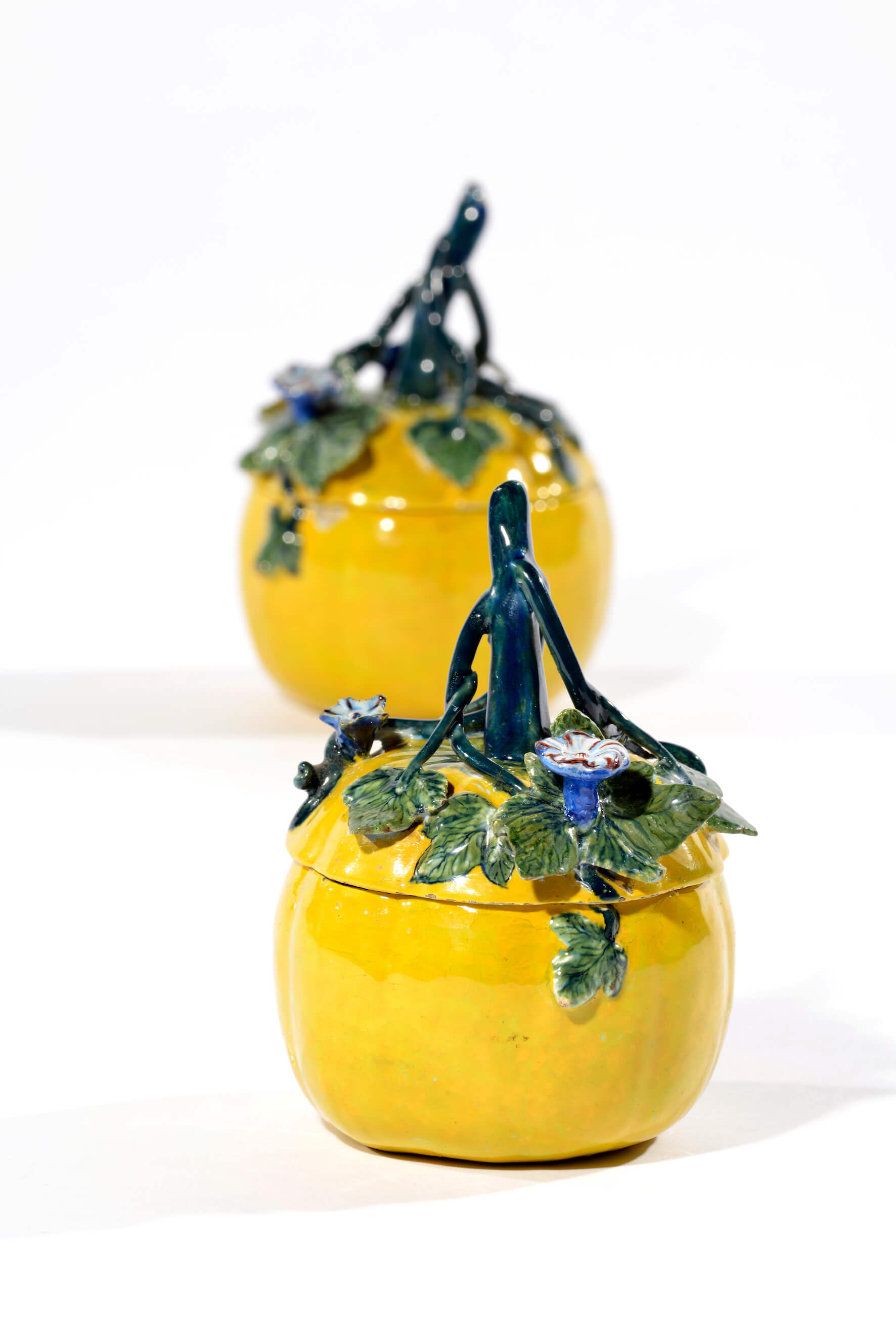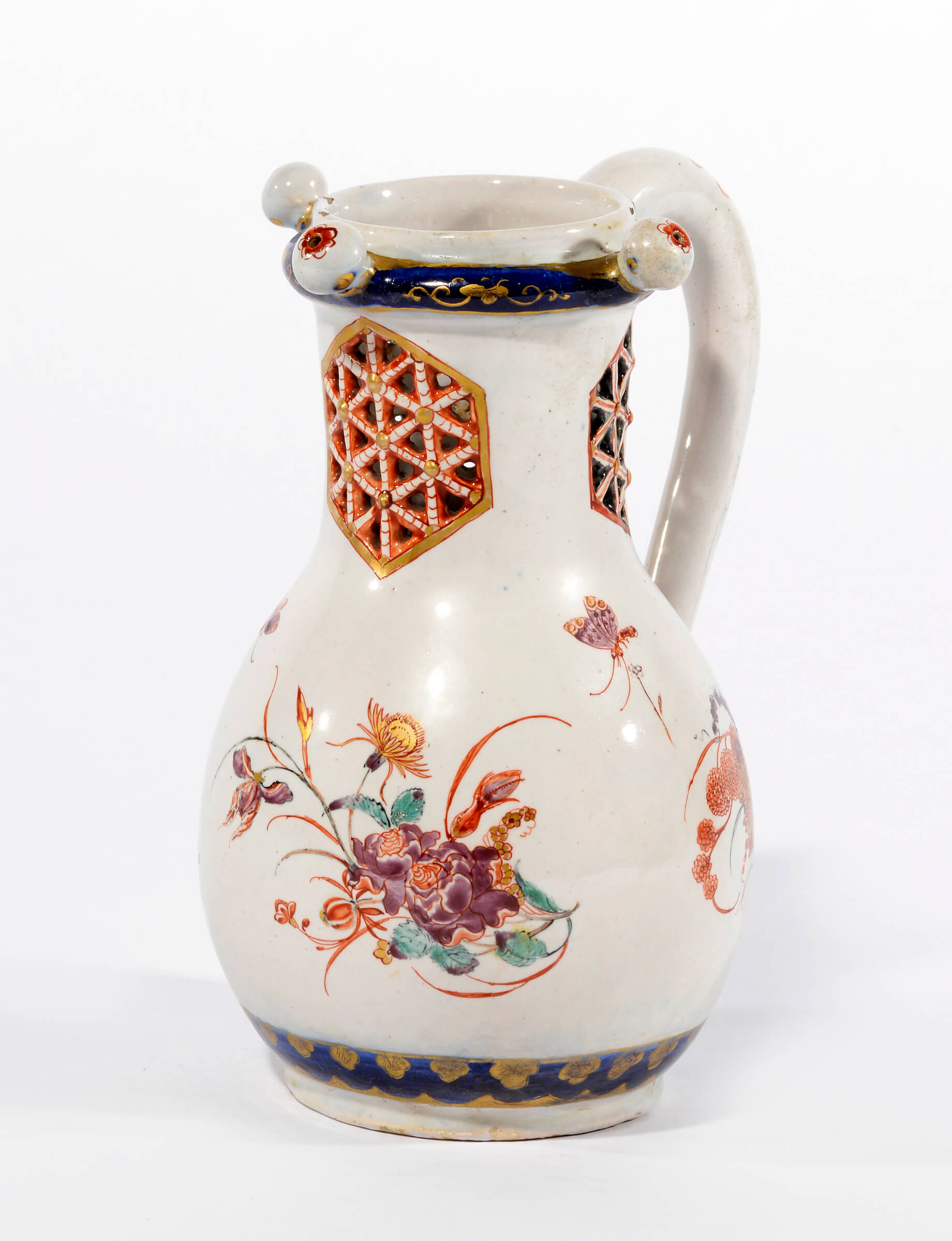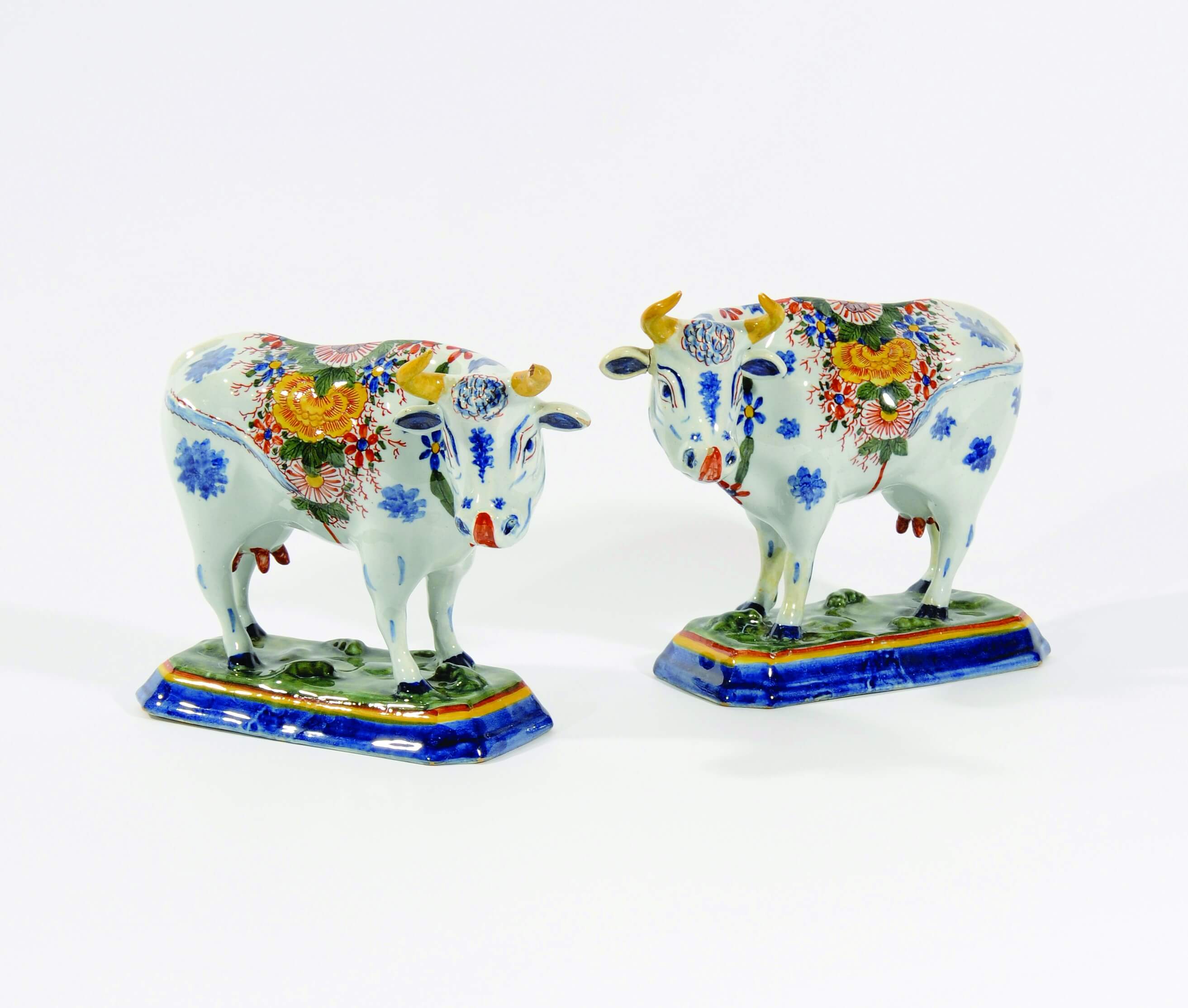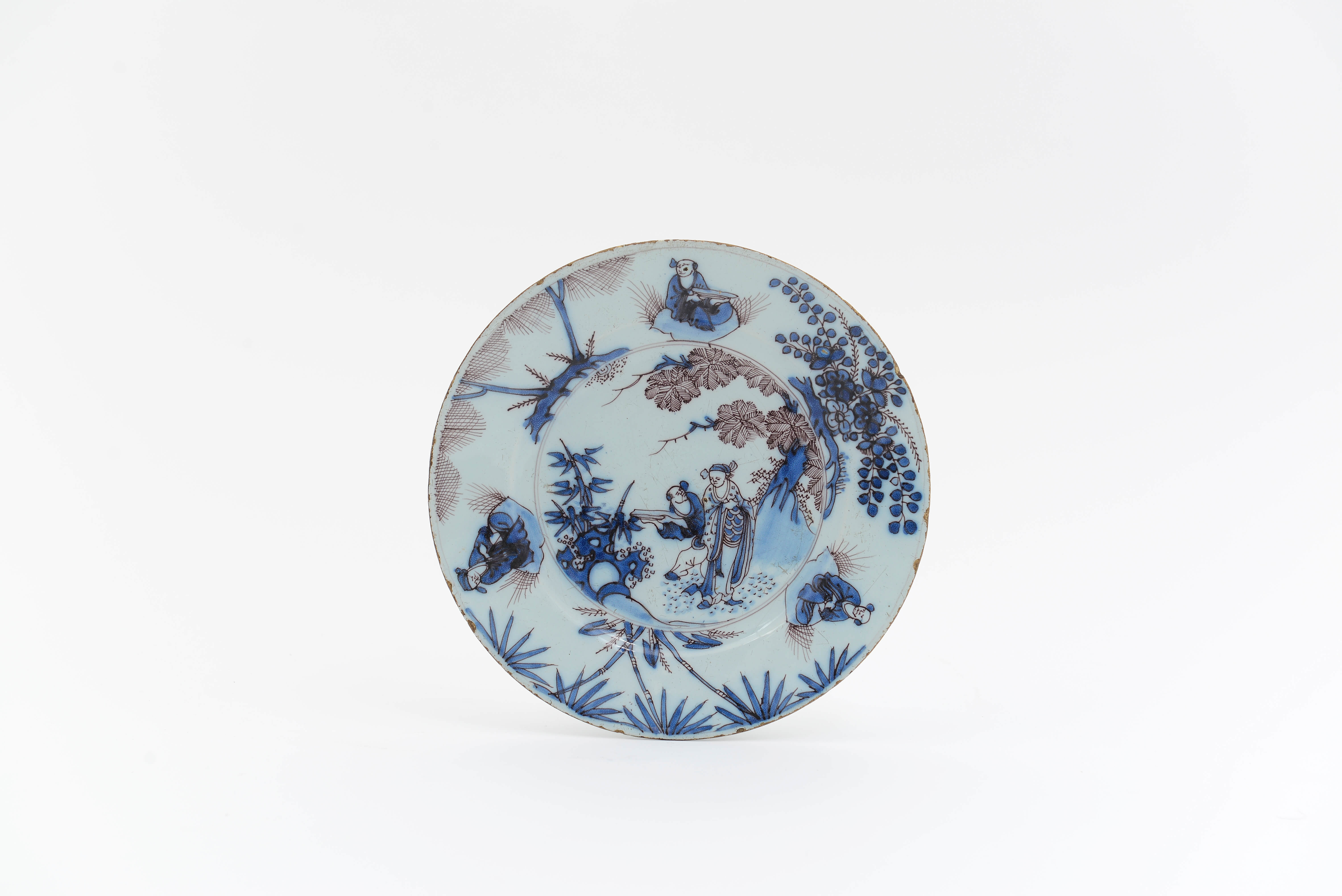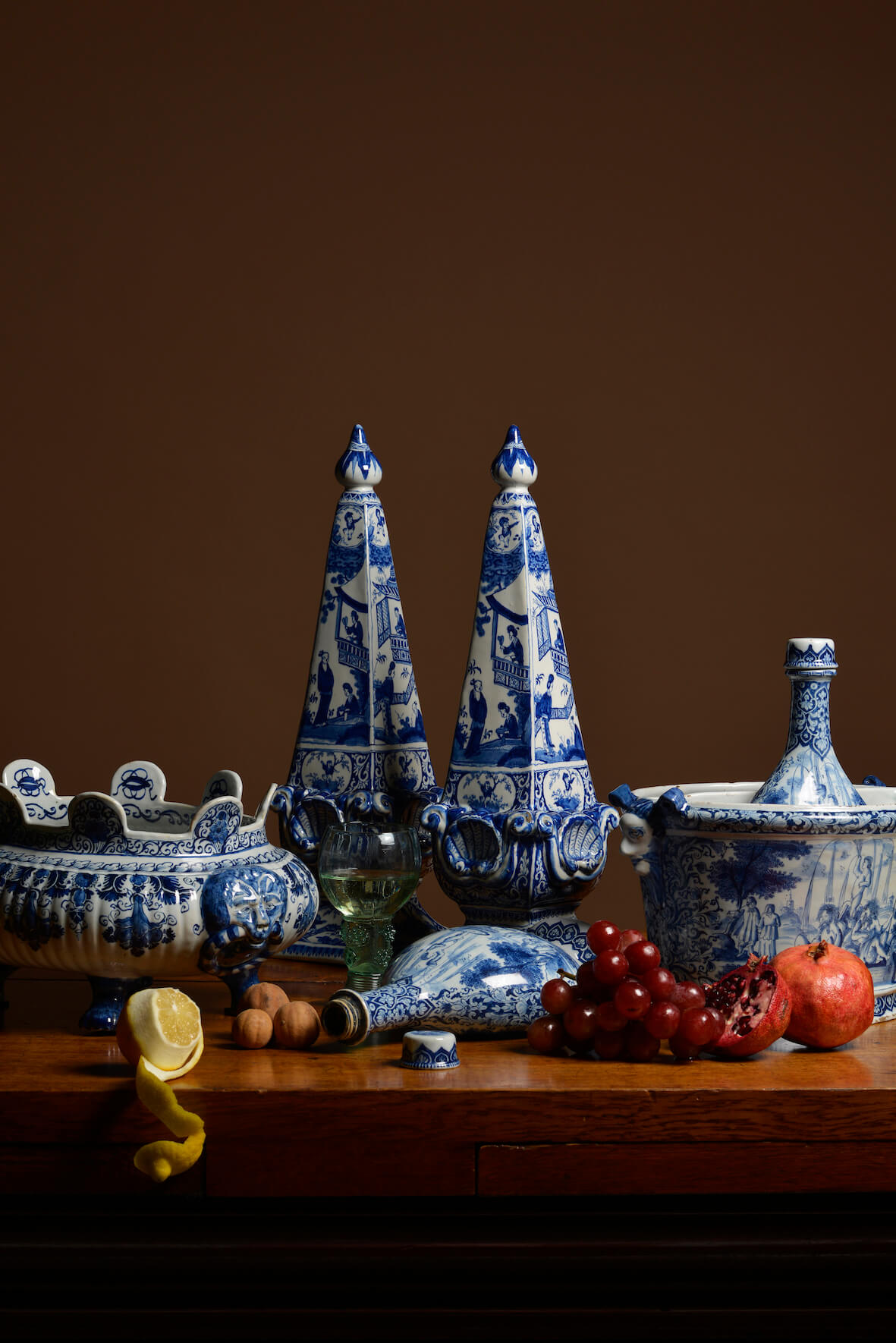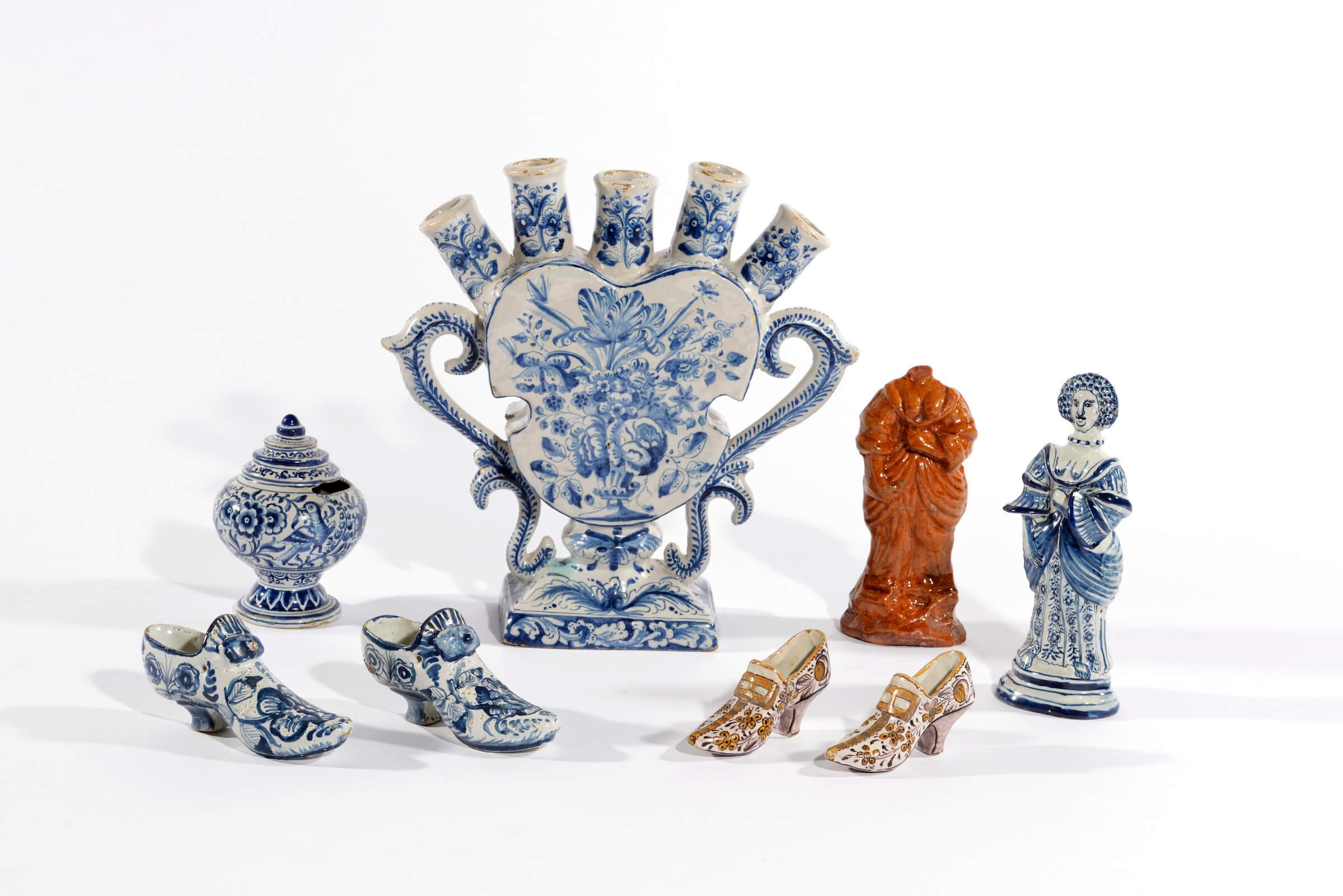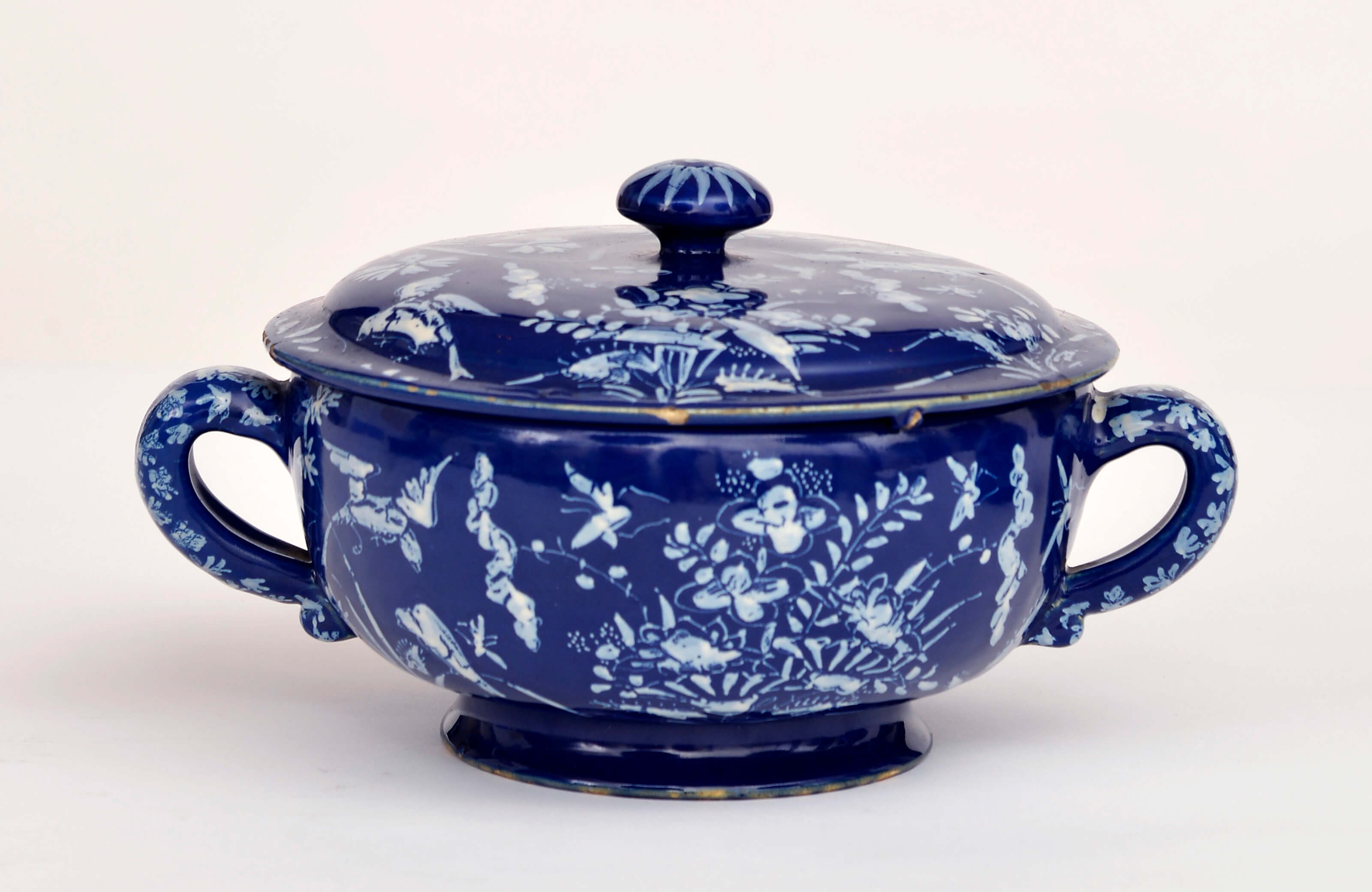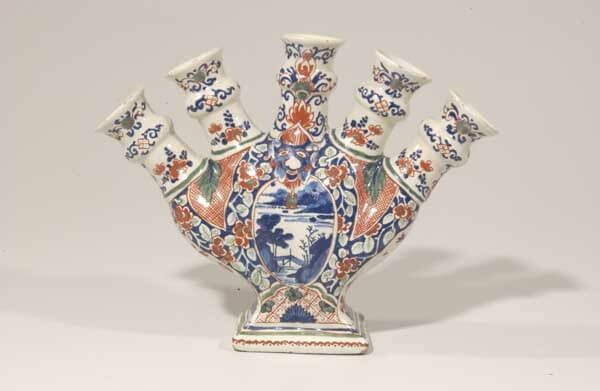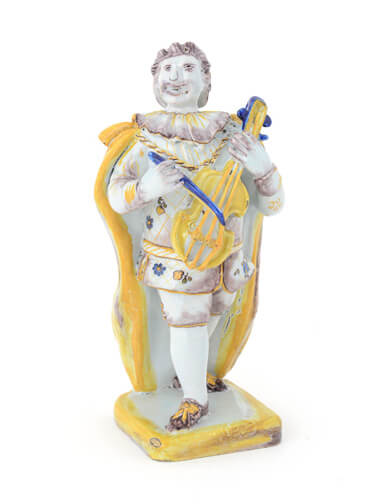Trompe l’oeil Amusements
Trompe l’oeil, or deceive the eye, was a technique used in both modeling and painting Delftware to captivate and fool the viewer. One of the predominant centers of production of these naturalistic forms was Delft, where the city’s potteries quickly accommodated the new taste of the nobility and the wealthy bourgeoisie for adorning their tables…

